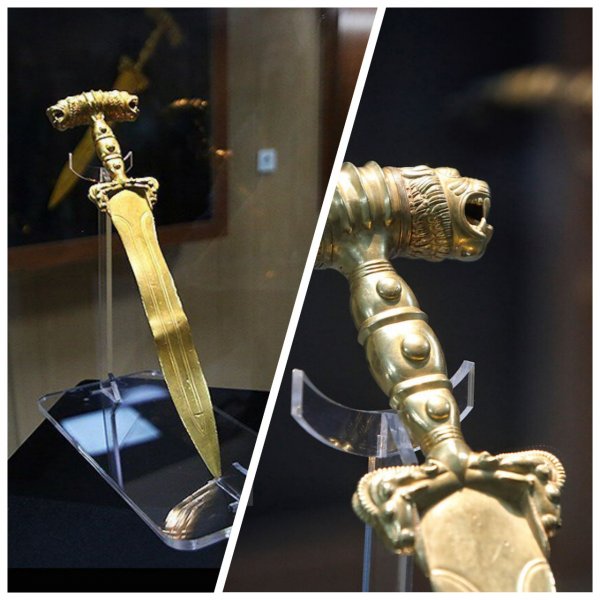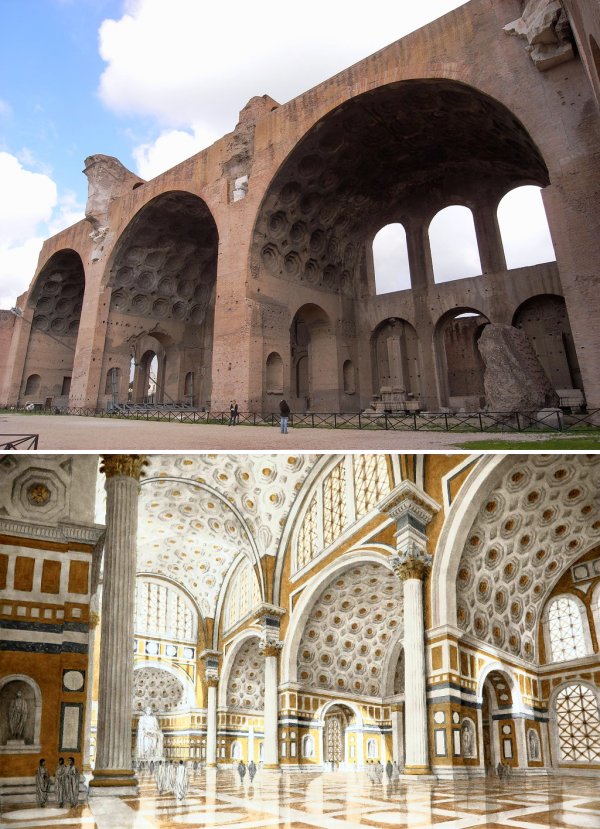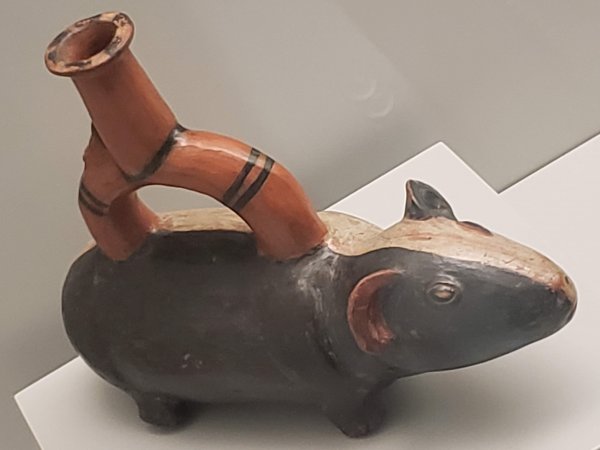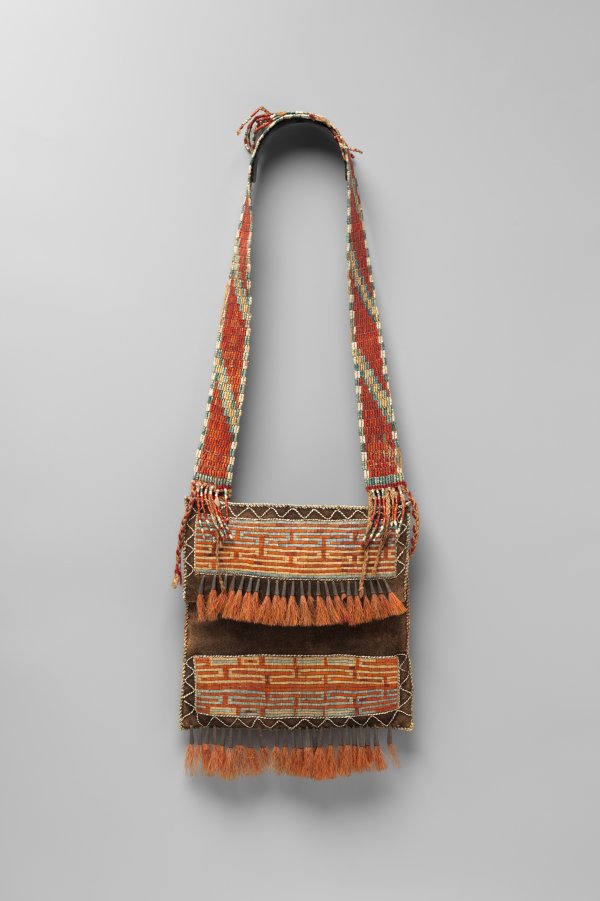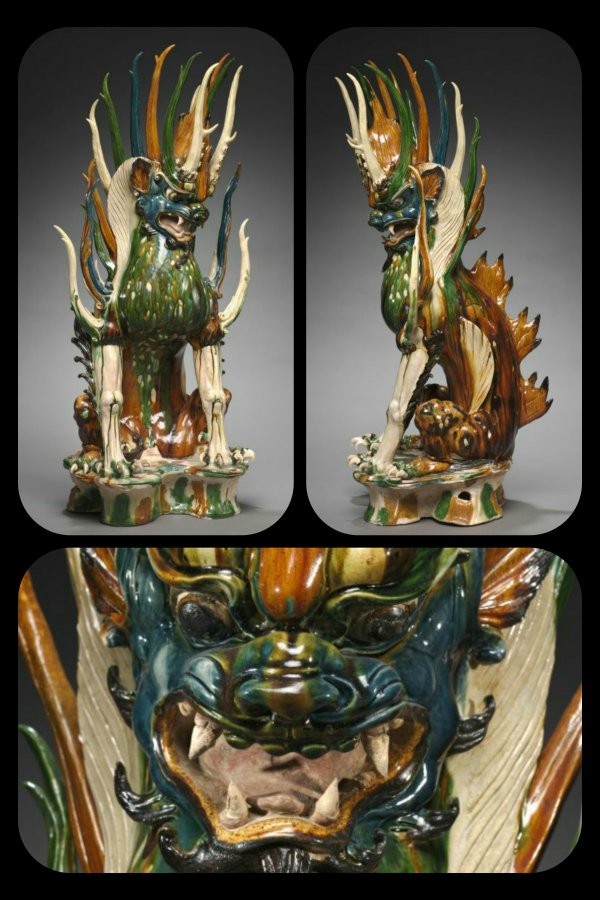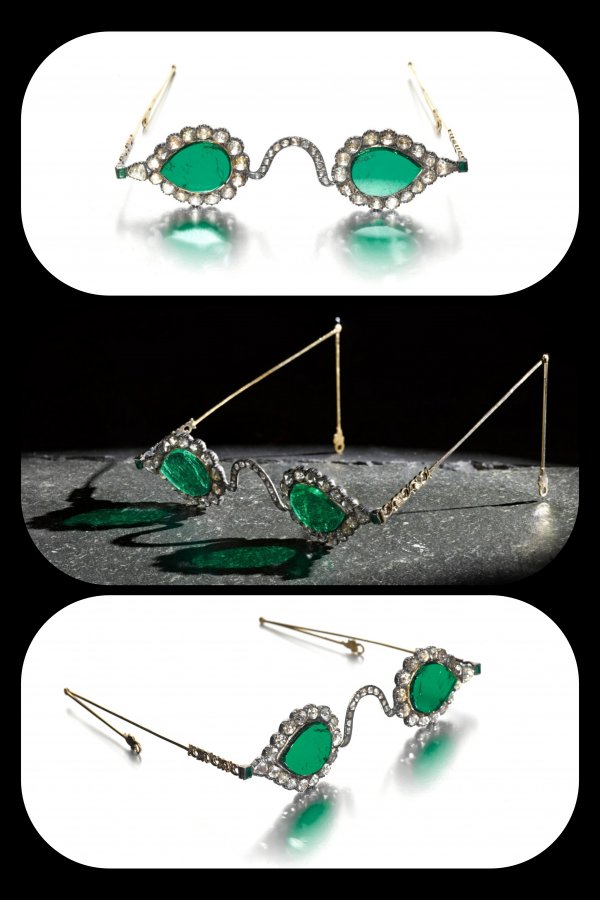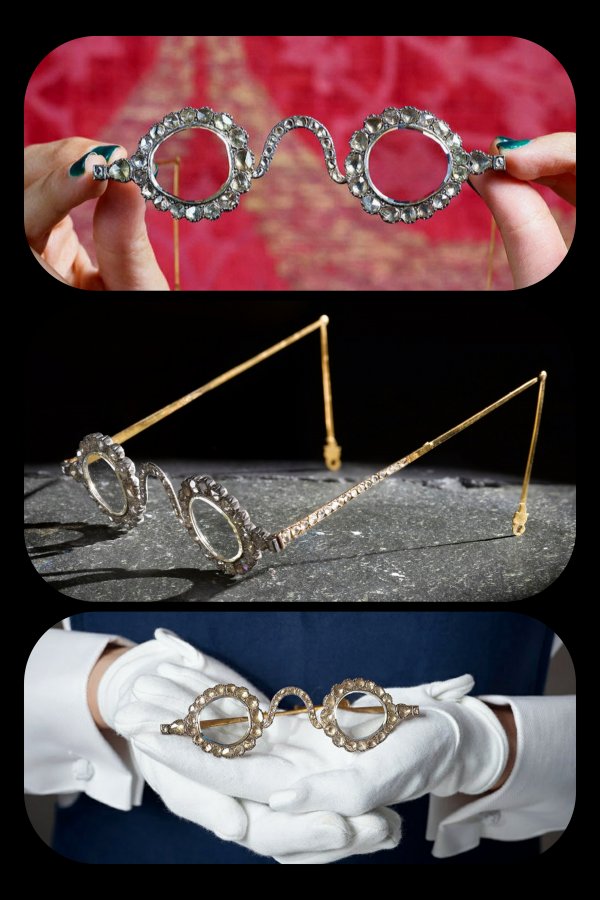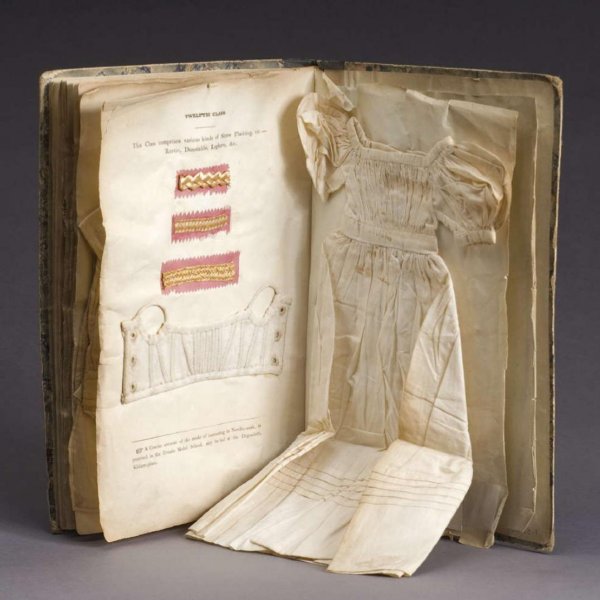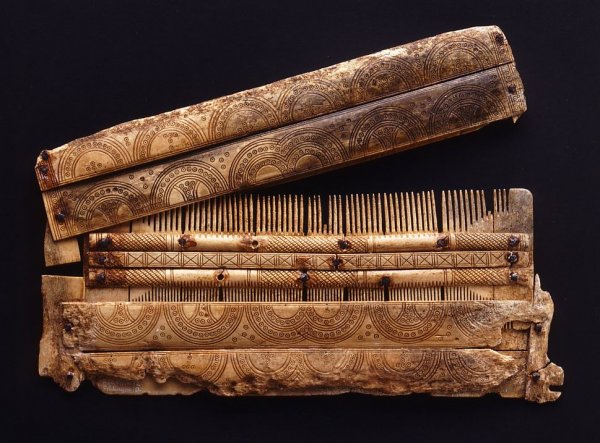The Bocksten Man is the remains of a man murdered in the 14th century CE and found in a bog in Sweden. The pictures on the left show the body as well as the original garments found with it, and the picture on the right is a reconstruction of what he may have looked like when he was alive [1551x1331]
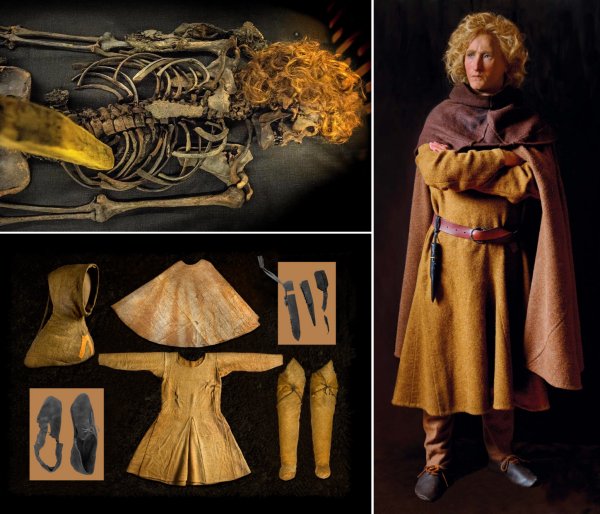
Like
Comment
Share

